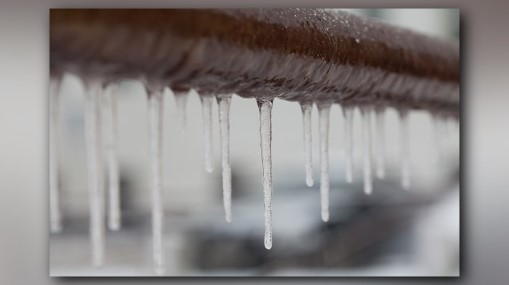Avoiding Your Pipes from Freezing: Best Methods
Avoiding Your Pipes from Freezing: Best Methods
Blog Article
Just how do you really feel in relation to How to prepare your home plumbing for winter weather?

Cold weather can damage your plumbing, especially by freezing pipelines. Right here's exactly how to avoid it from taking place and what to do if it does.
Introduction
As temperatures decline, the danger of icy pipelines increases, potentially causing pricey fixings and water damages. Understanding how to avoid frozen pipes is critical for homeowners in cold environments.
Understanding Icy Pipes
What creates pipes to ice up?
Pipes ice up when subjected to temperatures below 32 ° F (0 ° C) for expanded periods. As water inside the pipelines freezes, it broadens, taxing the pipe wall surfaces and possibly causing them to rupture.
Threats and damages
Frozen pipes can bring about supply of water disturbances, home damages, and pricey fixings. Burst pipes can flood homes and cause comprehensive structural damage.
Signs of Frozen Pipeline
Identifying frozen pipes early can stop them from breaking.
Just how to recognize frozen pipes
Look for decreased water circulation from faucets, unusual smells or sounds from pipes, and visible frost on subjected pipelines.
Avoidance Tips
Shielding at risk pipelines
Cover pipelines in insulation sleeves or make use of warmth tape to shield them from freezing temperature levels. Concentrate on pipelines in unheated or outside areas of the home.
Heating techniques
Keep indoor areas appropriately warmed, particularly locations with pipes. Open closet doors to enable warm air to distribute around pipelines under sinks.
Safeguarding Outside Pipes
Yard hoses and outside faucets
Detach and drain pipes yard tubes before winter season. Set up frost-proof spigots or cover outside faucets with protected caps.
What to Do If Your Pipes Freeze
Immediate actions to take
If you think icy pipes, keep faucets open to alleviate pressure as the ice melts. Make use of a hairdryer or towels taken in hot water to thaw pipes gradually.
Long-Term Solutions
Architectural modifications
Think about rerouting pipelines far from exterior wall surfaces or unheated areas. Add added insulation to attics, cellars, and crawl spaces.
Updating insulation
Invest in high-quality insulation for pipelines, attic rooms, and wall surfaces. Appropriate insulation helps maintain regular temperature levels and decreases the danger of icy pipes.
Final thought
Stopping icy pipes requires aggressive procedures and fast reactions. By understanding the reasons, signs, and safety nets, property owners can shield their pipes during cold weather.
5 Ways to Prevent Frozen Pipes
Drain Outdoor Faucets and Disconnect Hoses
First, close the shut-off valve that controls the flow of water in the pipe to your outdoor faucet. Then, head outside to disconnect and drain your hose and open the outdoor faucet to allow the water to completely drain out of the line. Turn off the faucet when done. Finally, head back to the shut-off valve and drain the remaining water inside the pipe into a bucket or container. Additionally, if you have a home irrigation system, you should consider hiring an expert to clear the system of water each year.
Insulate Pipes
One of the best and most cost-effective methods for preventing frozen water pipes is to wrap your pipes with insulation. This is especially important for areas in your home that aren’t exposed to heat, such as an attic. We suggest using foam sleeves, which can typically be found at your local hardware store.
Keep Heat Running at 65
Your pipes are located inside your walls, and the temperature there is much colder than the rest of the house. To prevent your pipes from freezing, The Insurance Information Institute suggests that you keep your home heated to at least 65 degrees, even when traveling. You may want to invest in smart devices that can keep an eye on the temperature in your home while you’re away.
Leave Water Dripping
Moving water — even a small trickle — can prevent ice from forming inside your pipes. When freezing temps are imminent, start a drip of water from all faucets that serve exposed pipes. Leaving a few faucets running will also help relieve pressure inside the pipes and help prevent a rupture if the water inside freezes.
Open Cupboard Doors
Warm your kitchen and bathroom pipes by opening cupboards and vanities. You should also leave your interior doors ajar to help warm air circulate evenly throughout your home.

Do you really like reading up on Preventing and dealing with frozen pipes? Place a remark below. We'd be happy to find out your thinking about this blog post. We are looking forward to see you back again later on. Sharing is good. Helping others is fun. We value reading our article about 6 Ways to Prevent Frozen Pipes.
See Availability Report this page